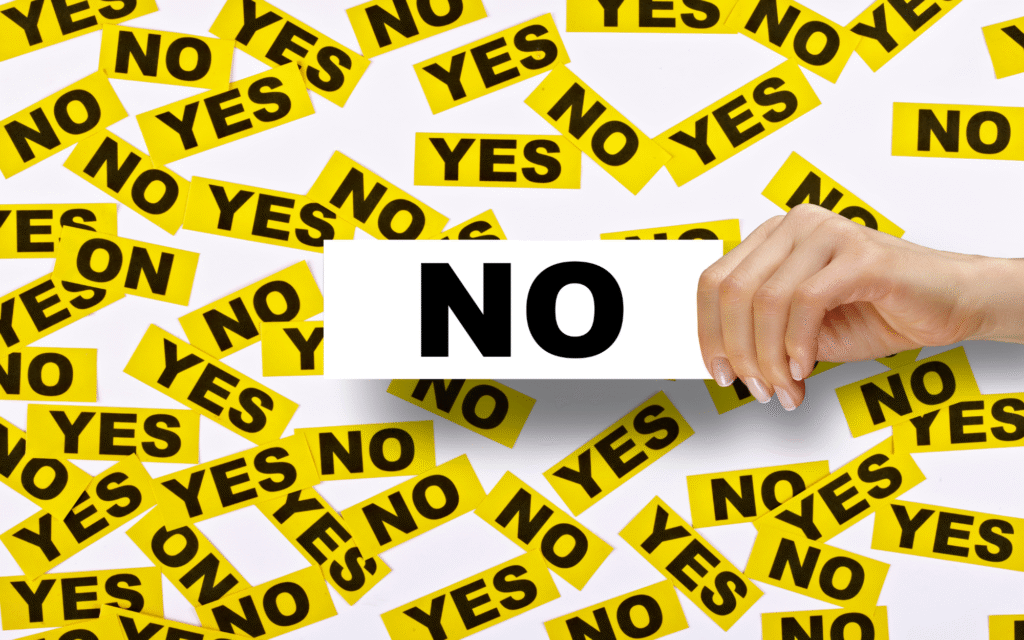The Gentle Art of Beginning Late
There’s a quiet ache in feeling like you’ve missed your moment. Maybe you see people your age thriving — careers, passions, milestones, stability — and you wonder if your turn has already passed. Maybe you look back and think, I should’ve started earlier. I could’ve been further by now. But here’s something you might not realize: beginning late is not failure. It’s just another rhythm of life — slower, softer, wiser. It carries a kind of beauty that those who started early might never experience. Because when you begin late, you don’t start from nothing. You start from experience. The Myth of the Right Timeline We live in a world obsessed with timing. Everything is compared, measured, tracked — success has a schedule, and it’s often built on someone else’s watch. You’re told to achieve this by 25, find stability by 30, and have it all figured out by 40. But who made these rules? The truth is, there’s no universal timeline for growth, healing, or purpose. Life unfolds differently for everyone — and that’s what makes it beautiful. Some people bloom early. Others take longer to find the right soil. Some need time to fall apart before they can truly grow. And that’s okay. When you start late, it often means you’ve spent years collecting lessons — learning who you are, what you want, and what no longer serves you. So when you finally begin, your foundation is stronger, even if your steps are slower. The Strength Behind “Late” Beginning late isn’t about catching up. It’s about beginning differently. When you’ve lived a little before starting something new, you bring perspective. You’ve already seen what doesn’t work. You’ve learned the cost of rushing. You’ve felt what it’s like to lose motivation and rebuild it from scratch. That wisdom makes your start softer but steadier. There’s a grounded confidence that comes from knowing what matters and what doesn’t. You don’t chase approval as much. You don’t fear failure the same way — because you’ve already survived it before. And sometimes, that’s what separates a fleeting effort from a lasting one. The truth is, many people who start early also burn out early. But those who begin later often last longer — because they’re fueled by clarity, not pressure. Late Doesn’t Mean Less It’s easy to confuse late with less. Less capable. Less relevant. Less deserving. But life doesn’t rank beginnings. There’s no medal for being first, and no shame in being last. What matters isn’t when you start — it’s that you do. And yet, their work touched millions. Because purpose doesn’t expire. Even nature agrees — not every flower blooms in spring. Some bloom under summer heat, others in autumn’s chill. The season doesn’t define the flower; the blooming does. What Beginning Late Teaches You Starting late gifts you something rare — patience. When you no longer rush to prove yourself, you begin to savor the process. You notice progress instead of perfection. You find joy in learning rather than frustration in not knowing. You also gain empathy. You understand what it’s like to feel behind, so you encourage others who are too. You know how to keep going without external validation. You build slowly, but you build deeply. There’s a quiet dignity in that. How to Begin (Whenever You’re Ready) If you’ve been carrying the weight of “too late,” here’s a gentle truth: time didn’t leave you. You just paused — and you can unpause anytime. Start where you are, with what you have. No grand gestures, no pressure to be perfect. Just one small act that says, I’m beginning now. Even if you take one step a week, that’s progress. Because movement, no matter how slow, is still movement. The Beauty of Being “Late” Beginning late means you’ve lived before you leapt. You’ve seen enough to know what truly matters. And maybe that’s why your path is unfolding now — because you’re finally ready to build something not out of urgency, but out of understanding. You’ll notice that the people who start late often create things that feel real. Their work, their relationships, their goals — they come from depth, not trend. So if you’re just starting something new while others seem far ahead, remember: You’re not late. You’re right on time for your story. And that’s the gentle art of beginning late.










